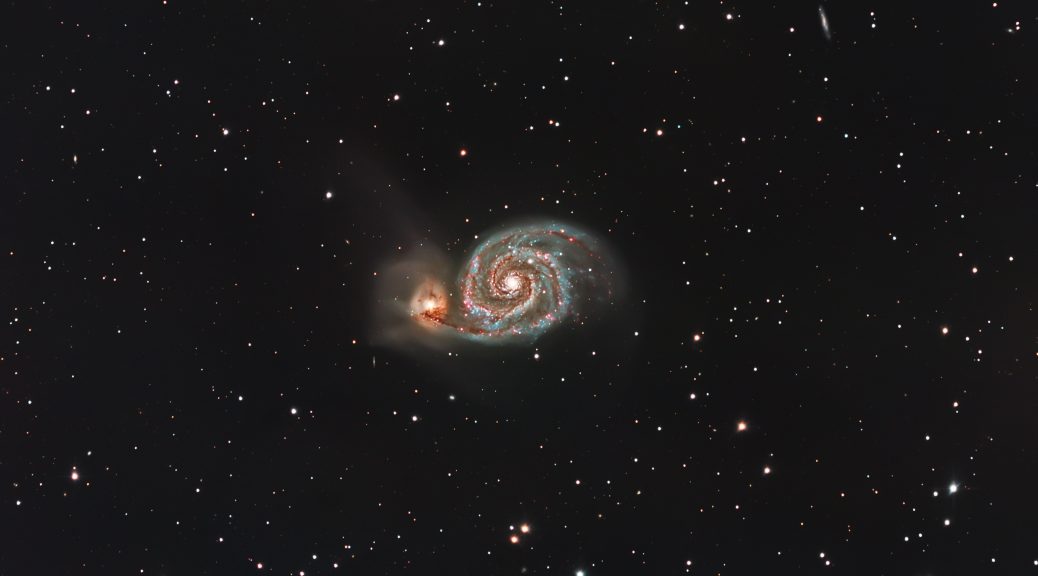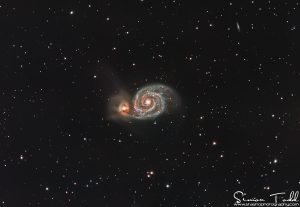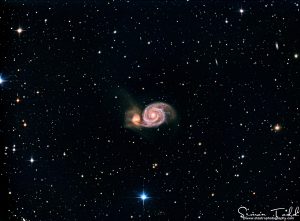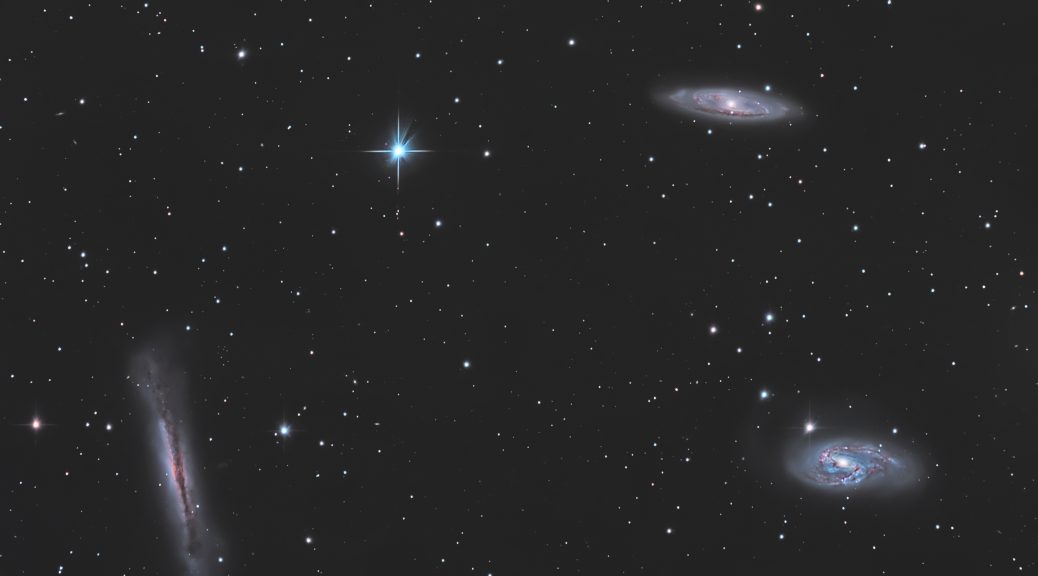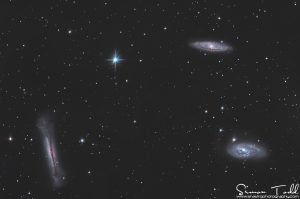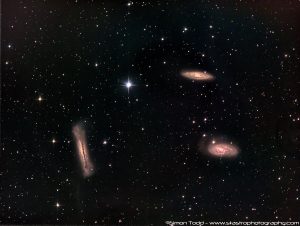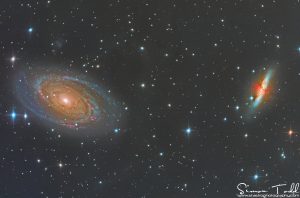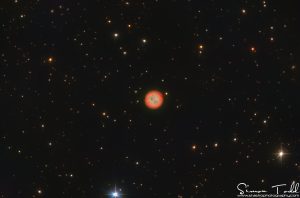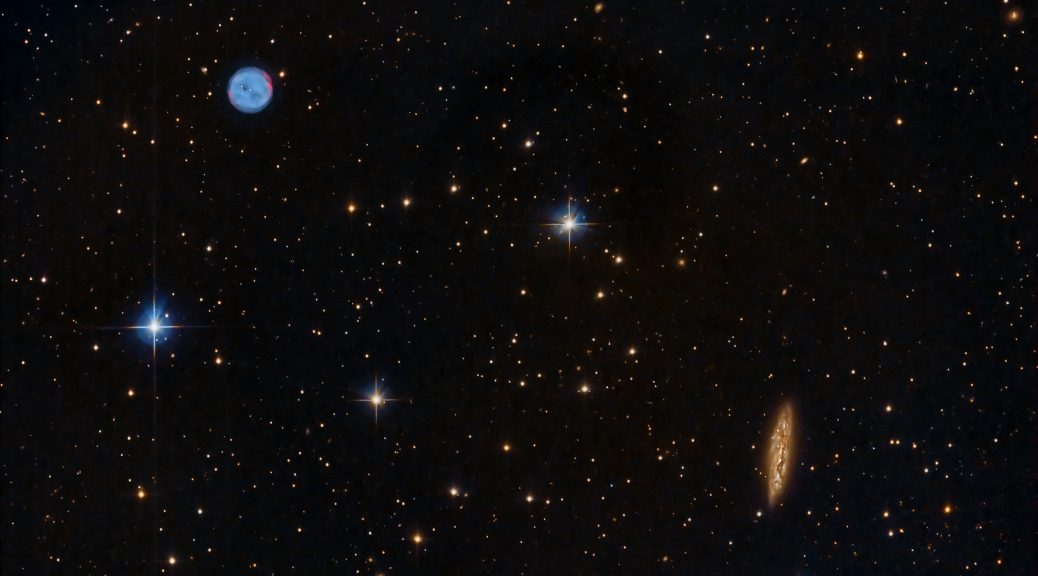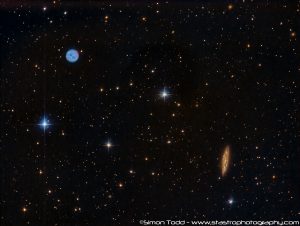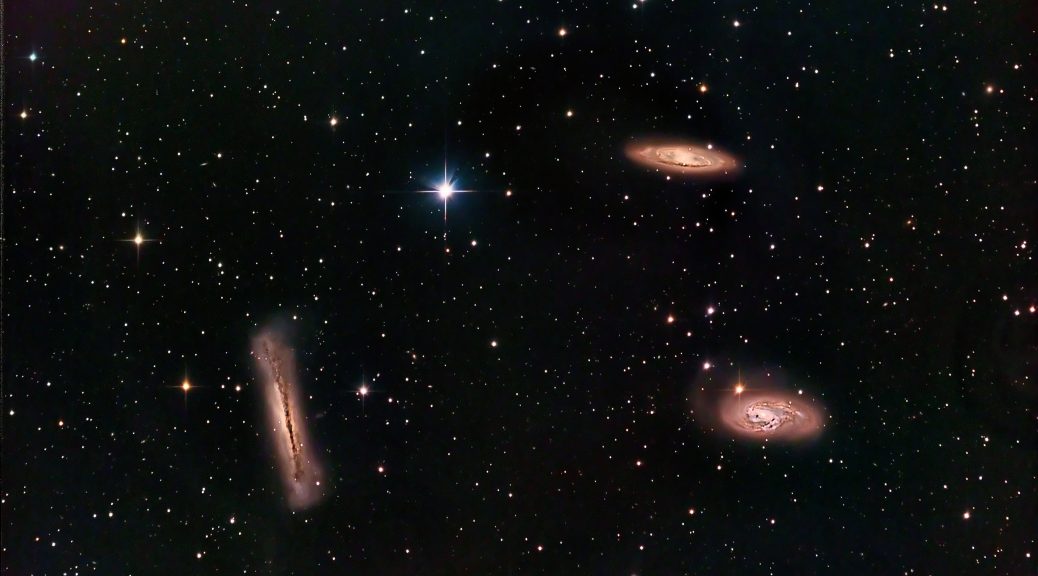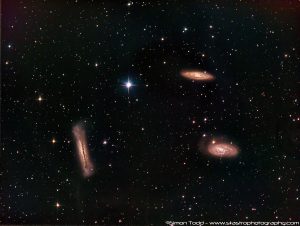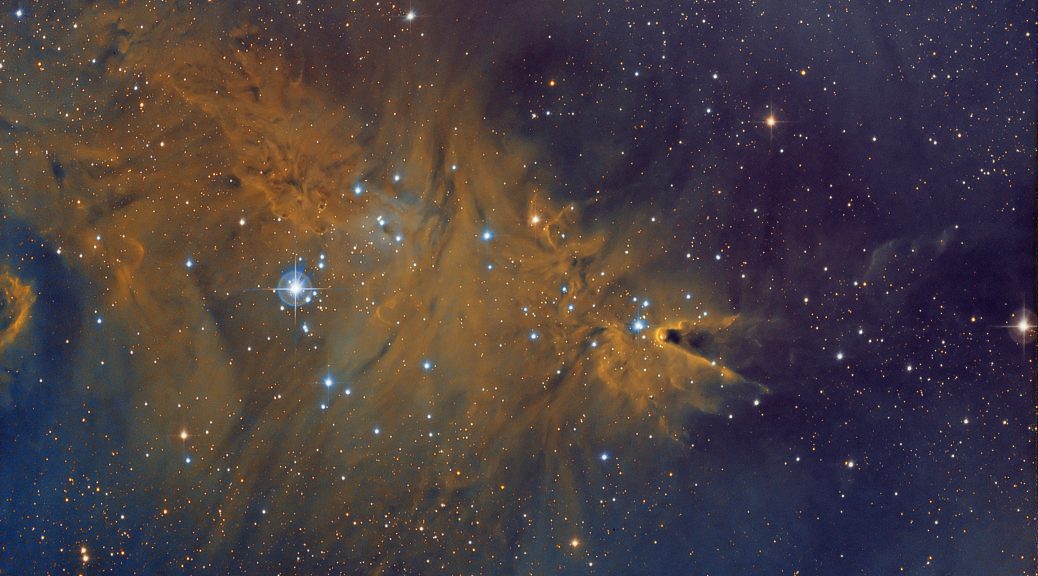Introduction
Artistic and scientific practises collide in astrophotography, which lets us capture the vast beauty of the cosmos from our own backyards. Exposure is a major factor in creating stunning photographs like these. Today, we’ll delve into one of the most contentious issues in astrophotography: the debate between taking fewer, longer exposures versus taking many shorter ones. Knowing the benefits and drawbacks of each technique will help you select the best one for your heavenly masterpiece.
Shorter But Higher Quantity Exposures
Pros:
- Mitigate Tracking Errors: Inaccuracies in tracking can be mitigated by using shorter exposures. Polar misalignment, periodic error, wind, and other disturbances can all cause minor deviations in the position of the stars, even with the best tracking mounts. These flaws will be less noticeable in the final product if the exposure time is shortened.
- Reduction of Overexposure: Overexposing bright objects or regions is avoided and detail is preserved by using shorter exposures. This is especially helpful in high-dynamic-range objects like nebulae, star clusters, and galaxies.
- Increased Flexibility: You can get more information out of your data if you take more pictures. Negative images caused by things like satellite trails or sudden atmospheric turbulence can be thrown out without having a major impact on the quality of the data as a whole.
Cons:
- Increased Noise: Noise, especially read noise from your camera, is more noticeable in short exposures. Image stacking and dark frame subtraction can help with this, but it’s still something to think about.
- Intensive Data Management: When taking many quick shots, you risk having too much information. The process of organising, storing, and processing such massive amounts of data can be laborious and error-prone.
Longer But Fewer Exposures
Pros:
- Better Signal-to-Noise Ratio (SNR): SNR is increased because longer exposures allow more light from faint deep-sky objects to be captured. Images benefit from being clearer, smoother, and more detailed, especially in low-light areas.
- Less Processing Required: If there are fewer frames in total, your workflow could be simpler and require fewer resources to complete. This is helpful regardless, but especially so when working with less robust computer hardware.
- Less Impact from Read Noise: Taking longer exposures results in less read noise from the camera sensor than taking a large number of shorter ones.
Cons:
- Risk of Overexposure: When using a long exposure, highlights risk being overexposed. Particularly in regions with bright stars or nebulae, this can cause a loss of fine detail.
- More Vulnerable to Tracking Errors: When using a long exposure, mistakes in tracking and atmospheric disturbances are more likely to occur. Stars will start to blur or trail if you move even slightly, ruining an otherwise perfect exposure.
- Less Room for Error: When there are fewer options, each photo is more precious. Unexpected problems (such as a plane crossing, sudden gusts of wind, etc.) that affect some frames have a greater effect on the overall image quality.
Conclusion
The equipment you’re using, the object you’re photographing, and the sky conditions all play a role in determining whether you should use shorter, more frequent exposures or longer, fewer ones. Keep in mind that neither method is better than the other. How well the strategy works to get you where you want to go is what matters.
Trying out different shutter speeds and exposures is always a good idea. After all, astrophotography is not just about getting the perfect shot; it’s also about the process of getting there. Keep in mind that the sky is always there for you to use as a blank canvas. Have fun with it!

